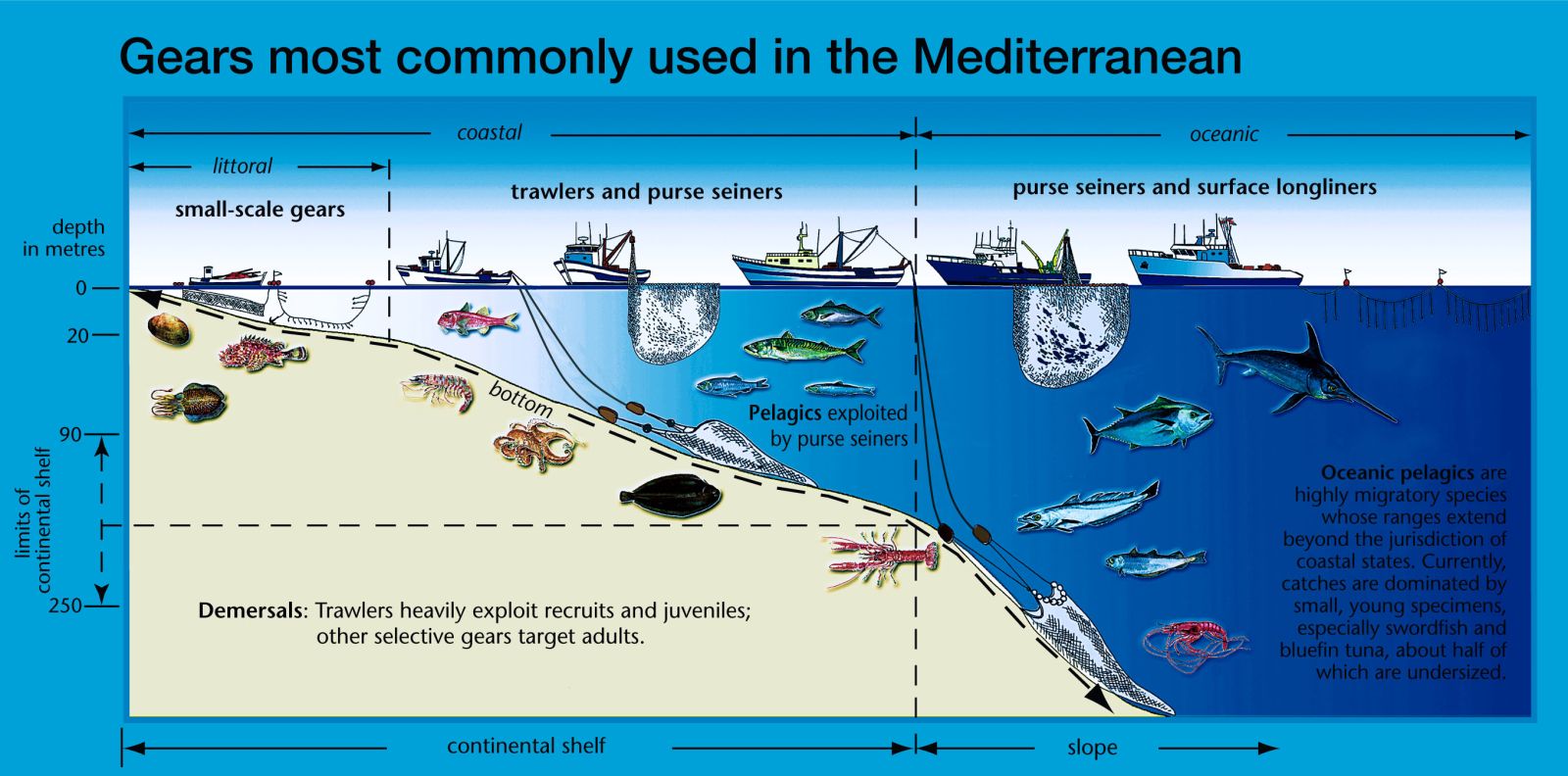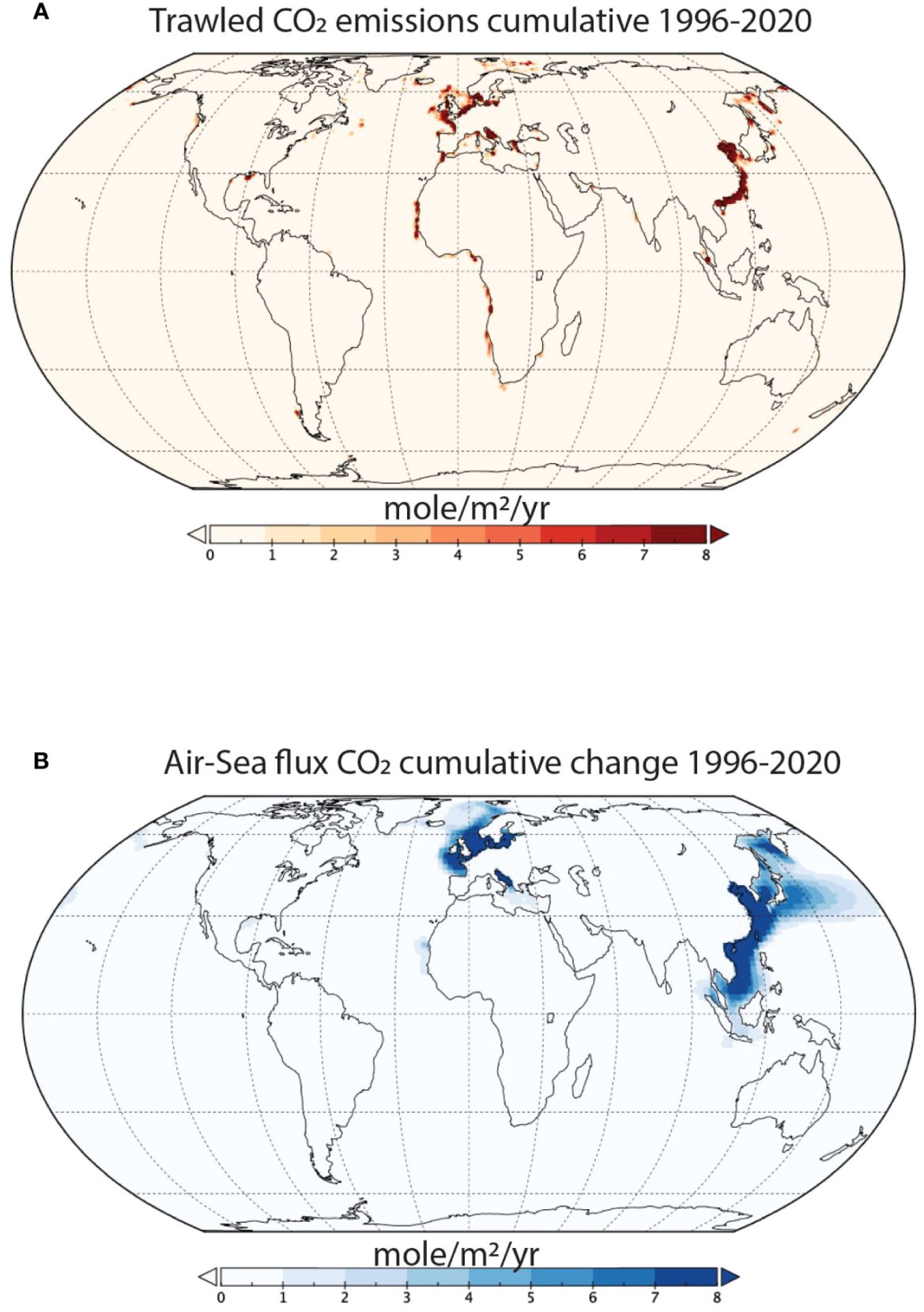Uncovering a Significant Human Source of CO2 Emissions Previously Overlooked
Follow us on Google News (click on ☆)

Image Wikimedia
Bottom trawling re-mobilizes carbon trapped in marine sediments, thus contributing to global warming. The study indicates that 55 to 60% of the carbon dioxide generated by this practice reaches the atmosphere within less than ten years, thereby doubling the annual emissions of the entire global fishing fleet due to fuel combustion.
This alarming discovery is the result of an international collaborative effort involving researchers from Utah State University, NASA Goddard Institute for Space Studies, University of California at Santa Barbara, Columbia University, James Cook University, and National Geographic's Pristine Seas. By analyzing bottom trawling data collected between 1996 and 2020, the team was able to precisely measure the impact of this practice on carbon emissions.
Areas particularly affected include the East China Sea, the Baltic Sea, the North Sea, and the Greenland Sea. Other regions, such as Southeast Asia, the Bay of Bengal, the Arabian Sea, parts of Europe, and the Gulf of Mexico, are also likely to be major sources of emissions, although data are insufficient to affirm this with certainty.

Spatial differences in the historical effects of benthic (deep-sea) trawling on CO2 emissions.
(A) Cumulative CO2 emissions resulting from trawling between 1996 and 2020.
(B) Cumulative changes in the air-sea CO2 flux due to trawling between 1996 and 2020.
It is important to note that there are significant gaps in knowledge regarding trawling activity in the Arctic Sea (FAO area 18), the Central-West Pacific (FAO area 71), and the Eastern Indian Ocean (FAO area 57). Therefore, emissions attributed to trawling in these regions are likely underestimated.
In addition to carbon emissions, bottom trawling also contributes to the acidification of the oceans, severely affecting local marine fauna and flora. This "marine deforestation," according to Gavin A. Schmidt from the NASA Goddard Institute for Space Studies, requires urgent political attention to minimize its multiple impacts.
In conclusion, the study underscores the importance of considering carbon emissions from bottom trawling in global climate action plans to effectively slow down the warming of the planet.